“Hi, my name is Ed Templeton. I’m from Huntington Beach, California, and depending on what hat I’m wearing, I’m a skateboarder, an artist or a businessman.” That’s as succinct and accurate a self-description as one can possibly imagine, and it captures Ed Templeton’s freewheeling spirit to a T. Edward (Ed) Templeton started skateboarding seriously in 1985, worked for and founded a skateboard company in the 1990s, where he was, among other things, a graphic designer. By 2000 his remarkable hyper-documentary “Teenage Smokers” won a $50,000 award in the Search For Art competition in Italy. He’s a featured artist of Beautiful Losers, a touring art exhibit, collectible art book, and featured documentary that depicts skateboarding and other urban themes. In 2008 he published “Deformer,” a summary of his personality as an artist that tracks his human and aesthetic growth in “the incubator of suburban outskirts” of Orange County, California. To give you a clearer picture of his views on life, art, photography, Leicas and the nature of his creative quest, we asked him some questions. Here are his revealing and insightful answers:
Q: When did you start photographing?
A: I’ve been around photography for a while. I turned pro as a skateboarder in 1990, and part of that job is being photographed for skate magazines. So I was around these guys who were shooting photos of me skateboarding, but they were also photographers in a wider sense and interested in other things. So, I was kind of introduced to that world.
It took me four years to realize how much I’d been blowing it by not picking up photography in a more serious way. Between 1990 and 1994 I was living the life as a professional skateboarder (getting paid to skate). It’s the greatest job ever. You get to travel the world and be around this group of young, well-paid people that are in the same situation. You feel like the world is yours. Once I had this realization, I looked back and realized that I had missed four amazing years of shooting by being in this subculture. So 1994 is when I really picked up a camera and started carrying it around religiously and shooting everything. That’s how it started. I was trying to document the skateboard subculture in general. I liken it to if Robert Plant had been a documentary photographer and was able to shoot Led Zeppelin tours and capture all of those crazy stories you hear about. What if there was someone on the inside documenting that on a much smaller scale?
I didn’t really have delusions of grandeur like that, but that’s almost what it was. There were people during that time who were living that lifestyle and I wanted to document it. At the same time, I was part of that lifestyle. I never really was a true participant in the drugs or the women that were a part of that subculture (especially because I’ve been with my wife since I was 14). I always felt a little bit out of it, which made me feel like a voyeur looking in at the world that I was actually a part of. And I liked the idea that I would start from the inside as opposed to photographers that might find an interesting subject and go get involved in it just to photograph it. This was thrown into my lap, and that’s what shaped a lot of my photography through the years. As much as I would like to go out of my way to shoot specific things, everything I’ve ever shot has just been on the path that I’ve been on, be it skating or travel or street photography. It all comes after the fact because I’m there for some other reason.
Q: And what was the stuff you were first shooting? Was it skaters or behind the scenes?
A: I never shot the act of skateboarding. It began more with the lifestyle. I was interested in the sort of trappings that the lifestyle has — how these kids fell into the stereotype: young people with huge weed habits trying to pick up girls and abusing hotel rooms on tour. The stuff you hear about happening on music tours is the same kind of stuff that happens on skateboard tours. I tried to shoot that.
I started taking photos of the “lifestyle,” but then logic took over. I realized that was why I started, but then, while in Paris on tour, I walked down the street and saw all this cool stuff I wanted to photograph. If you’re geared like that then you start shooting everything. My scope widened and almost everything I saw was worth shooting. Everything became an ongoing series. Even walking down the street, I see one thing happen and I shoot it. Then I think to myself that I’m going to shoot fifty of these if I can and get a series. That doesn’t always happens, but that’s how I think. It’s like a shotgun spray shooting everything and then sorting it out later.
Q: How has your photography changed over the years?
A: My photography has not changed very much over the years. I’ve been resisting technology and sticking to the same thing. The biggest change for me would be adding a 28mm lens into the mix because I’ve been mostly a straight black and white 50 mm lens photographer since the beginning. That’s the classic street setup. I was just out today shooting with a 50mm with no filters, no bells and whistles, no frills — just a straight Leica M6, 50mm lens, and black-and-white film, Tri-X. I hope they keep making it!
Q: Are you using film or digital more?
A: Film exclusively. I have a little pocket digicam that I carry around and use for blogs and fun stuff, but my serious shooting has always been film — no digital stuff at all. I’m not anti-digital; I just prefer film. I can afford it and, in my opinion, the quality can’t be matched, especially now. There was a time in the beginning that using film was almost like a cliché. I get stopped in the street and people say, “You’re still shooting film? How quaint.” Even when I go to a camera store they say, “Whoa! Someone is buying film!” I’m not a crusader against digital. When digital takes over and film stops being made, I’ll adopt it because it’s the actual act of shooting images that’s fun for me. But up to that point, I’m going to do it the old way. It’s funny, too, because even collectors in galleries don’t know what an RC print is versus a fiber-based print. It’s rather disheartening because I spend all of this time making fiber-based prints and doing it that way because I feel like there is that little bit of extra quality that sets it apart. And to know that few people care or notice is sad. But at least I know. And, like I said, I can afford it. I have the darkroom here, so I plan to use film as long as I can. I think at this point, it does actually set my photography apart.
Q: When taking photos, what do you like to capture?
A: It depends on the situation. I think if I were going to speak in a general about my own photography, I would say people. Everything I shoot involves people. Even the images that don’t include people show the scars left behind by people. The traces of people are in my work in some way. I don’t have a lot of landscape shots or anything like that. I just like the idea of eye contact. Shooting with a 50 mm on the street makes me feel closer to people. So yeah, it’s that connection; it’s that interesting person on the street walking ahead of you. If you can capture that initial thought you had when you first saw that person, then the person viewing your photograph can have that same feeling. That’s the art of it. Your eye jumps around all day as you walk around and then you see something that sticks out. That’s the artistic decision. As a photographer, you have to try to translate that into a document that conveys an idea. It always depends on the situation, but it implies some kind of connection with somebody. I really love when I’m just hanging out and the person I’m watching sees me and I shoot them right at the moment that they notice me. The idea of being caught is very interesting. I shoot in a semi-confrontational way. I’ve seen videos of Mark Cohen from the 70s and he just jumps in people’s faces with a flash. I’m not quite that crazy. I’m in people’s faces too, but I’m much softer with it. I do it as I’m walking by. I have this technique that I’ve been honing for a long time. I walk at full speed and shoot stuff as I pass. I do my best to get to the point where I can guesstimate every part of the photograph: the distance and the light. Sometimes my path gets erratic when I’m trying to get into the right spot, but a lot of times it’s at full speed. The person might see me, but it’s not like I’m stopping and waiting for a conversation. I just shoot and keep going. People ask, “Did that guy just shoot our photo?” But they don’t know for sure because I’m walking and might be talking with Deanna. They aren’t mad enough to stop me and confront me about it. I like the idea of being right there in that mix.
Q: How does the Leica help you to achieve those photos — to achieve something more candid and less obtrusive?
A: Well, Leicas have definitely helped me in that regard — that’s why I bought a Leica. I’ve never been a technical guy. Word on the street is that Leica has the best glass and optics and I don’t distrust that because I see the sharpness in my own photos and I like it. But, the silence of the shutter is the main reason I bought a Leica. That’s really the key for me. I sometimes shoot with a Cannon-AE1 and it has a big wheezing “kerplunk” when you press the shutter button. When you shoot with a Leica, nobody really hears it. You can be three feet away from somebody and shoot them and they won’t hear it, which works well for my ‘sleuthy,’ voyeuristic style of shooting. Another reason I love using my Leica is because there is no mirror flip, which eliminates a lot of the shake, so you can handhold the camera in a low light situations. One of the series I do is called “God Cares.” Whenever I’m in Europe or anywhere and I see something that screams ‘religion,’ I usually shoot pictures of it. Many times I focus on the most brutal aspects of religious art. For instance, if I’m in a museum and there’s a large old painting of a beheading or something like St. Sebastian with his arrows, I would shoot that. In a museum setting – especially in the cathedrals and churches in Europe – it might be very dark but there is a really gruesome statue that I want to photograph. That’s when I find myself holding my breath and standing as still as I can. I think that the Leica really makes that possible more than any other camera. Of course with digital stuff, you can really tweak that. But since I shoot film, the Leica works best for me.
Q: Can you describe your technique/process? Are you someone who decides, “today I’m going to go out and I’m going to try and shoot this?” Or do you just bring your camera along and see what finds you?
A: I’m definitely one of those people who takes his camera with him every day. The times that I’ve left the house without a camera are when the best stuff always happens — it’s like Murphy’s Law. So, part of my routine is to always have a camera and be out in the mix. For instance, I live here in Huntington Beach and almost every day I’ll go for a walk on the pier and I always have my camera. It becomes a teachable moment because three out of four days nothing happens. On those days it’s a sleepy, mellow town with nothing happening. But, on that fourth day, something amazing happens that I’ll want to shoot; A fight or something will breaking out or maybe a guy is passed out on a bench. The key is to be ready. Occasionally I’ll go out and shoot things on purpose, but mostly it’s just having the camera. I long for the days when I can chose a subject and go explore it. I think that would take away all the extraneous stuff. To hone all of my focus on one idea would be liberating in a way. But as it stands for me now, I shoot everything as I walk down the street. And as I said before, there are a million different series going on.
Q: What platform or medium do you use to display your photography? And how has it changed over the years?
A: I consider myself an artist; I don’t necessarily identify as only a photographer. I’ve done shows that were only paintings before, but I’m open to doing shows of just photography and I’ve done that too. The key for me is figuring out how to present these photographs in a non-traditional way and a non-conceptual way. I have this huge archive. What can I do with it? I feel like doing a strict photography show. But they are a little dry now, I think. I don’t know how much it connects with people who aren’t necessarily “photography heads.” I like the idea of being versatile with the archive. There are so many ways to present. I did a series called “sleepers” and it’s all photographs of people sleeping, but instead of presenting them as photographs I made them into huge silk screens. So, photography was the core and it was shot in that way. There are many ways to use photography other than just framing them and presenting them.
So that’s part of the fun for me: using this mass of images that I have and presenting it in a way that is thought-provoking in a non-traditional way. Not that I’m against the traditional way. I think there is a lot to be said for a well-printed traditional photography show where each photo has its own space. But, I tend to do these huge cluster shows where all the photos are basically brought up next to each other and not themed. Just the fact that it came from me is the theme. And, therefore, you’re immersed in this world where the viewer walks in and there is this huge cloud of images and your eye just naturally jets from one end to the other. It’s hard to stop on one thing, so it sucks because some of the images might not have the space they deserve. But, it also allows you to look from one image to the other while the story is created in your head. That’s my hope at least.
Q: On your blog, you have a lot of captions in quotes. Where do they come from?
A: I think it comes from doing it every day. It really becomes a task, but I like having that discipline. Almost every day I put something up and that can become monotonous. And so, when it becomes monotonous, I look for different ways to do it. My friend Grant has a blog and his whole approach to photography is funny, in a way. He’ll shoot something he thinks is funny and then he’ll come up with a really funny caption. It’s almost like a comedy blog. He’s a great photographer and I was inspired by his approach. But, it also got to the point where I couldn’t come up with something witty to say on every single photo. So, I’ll choose a quote that hopefully enhances the photo or makes it funny.
Q: What camera are you rocking these days?
A: The Leica M6. I refuse to go past that because the Leica M7 has an electronically controlled shutter that I’m not interested in using. If your battery dies, you can only shoot at 1/60 second on those cameras, so that worries me. So I think I’m just going to stick with an M6 for the rest of my life if I can. The Leica M6 with a 50 mm lens and a 28. No filters no frills. I’m a purist.
Thanks, Ed!
-Leica Internet Team
If you’d like to learn more about Ed and view his work, visit his blog at www.toymachine.com/ed. You can also connect with him on Facebook, https://www.facebook.com/edtempletonofficial, or follow him on Instagram (@Tempster_returns).
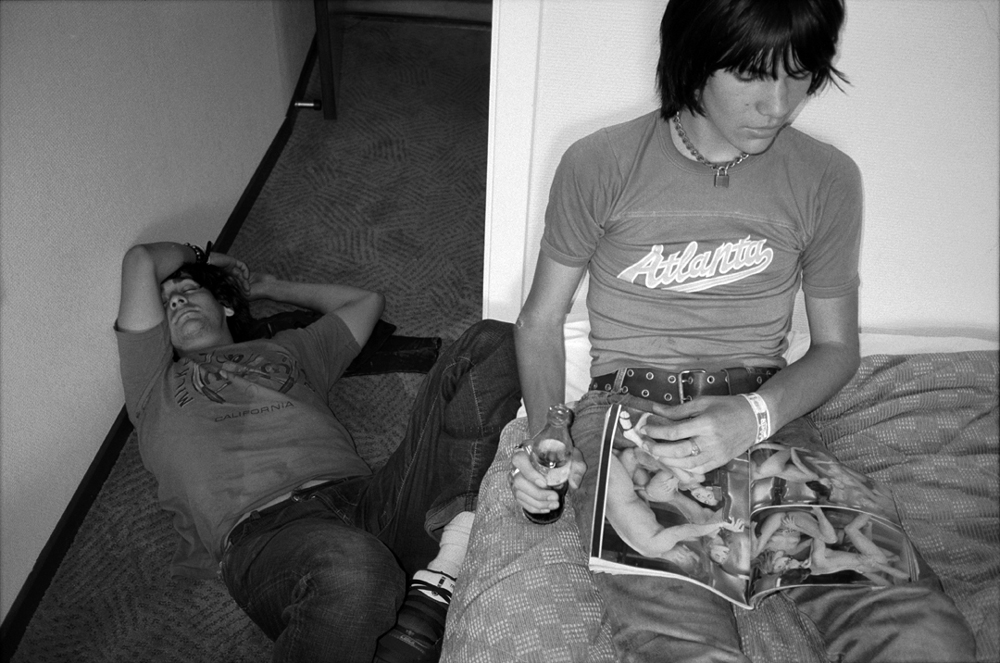

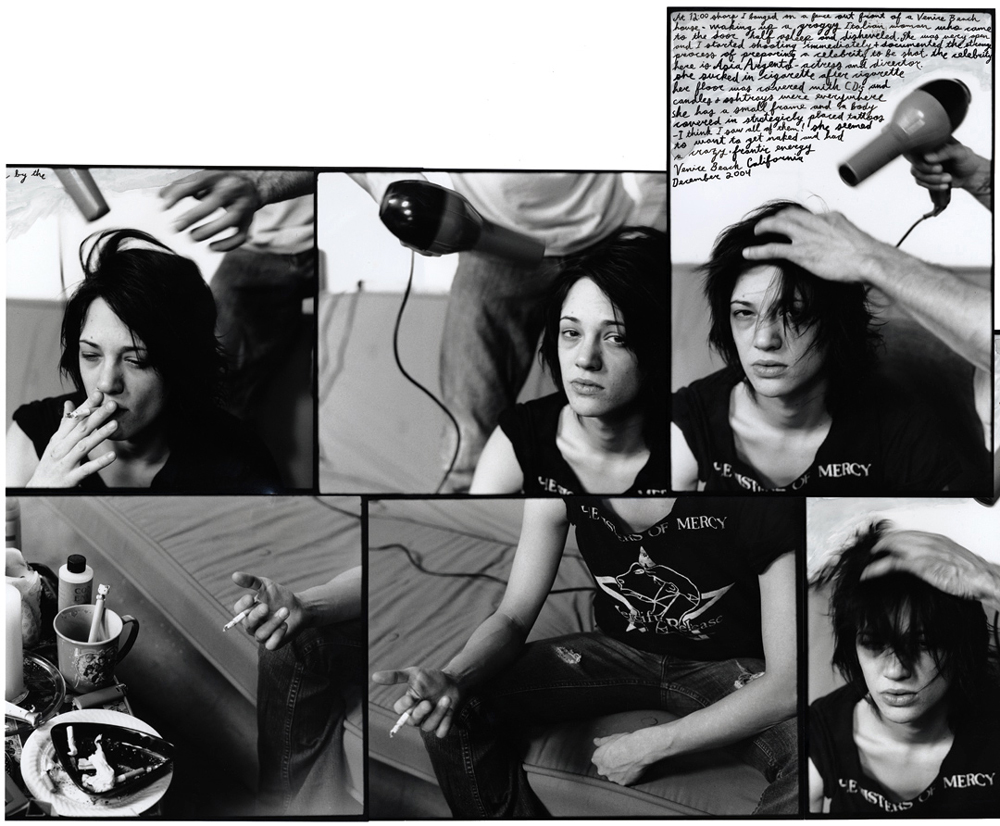
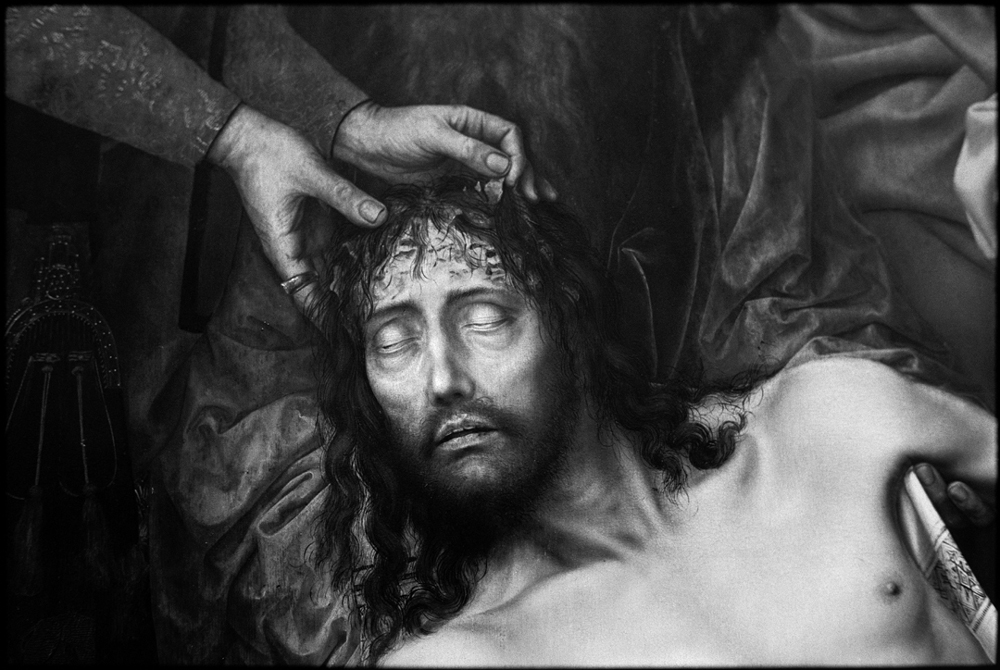
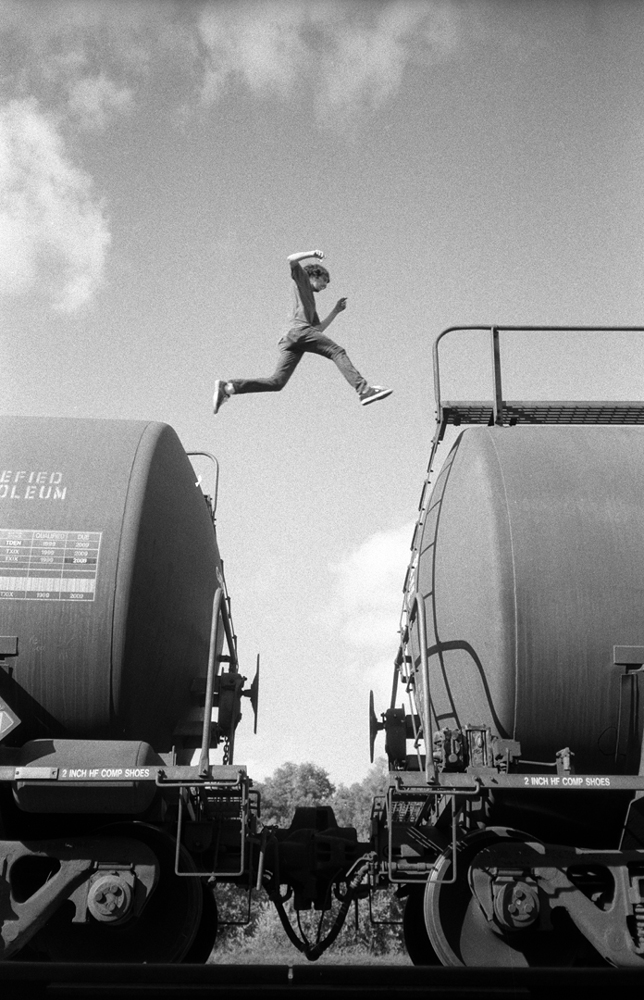
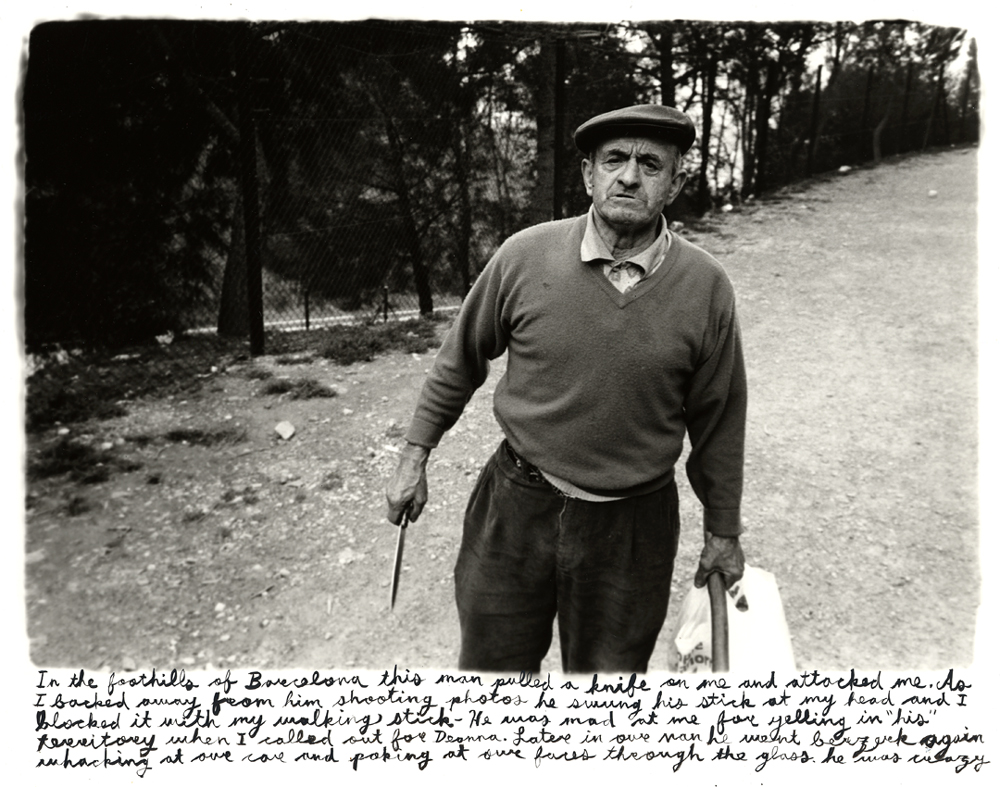
Comments (17)